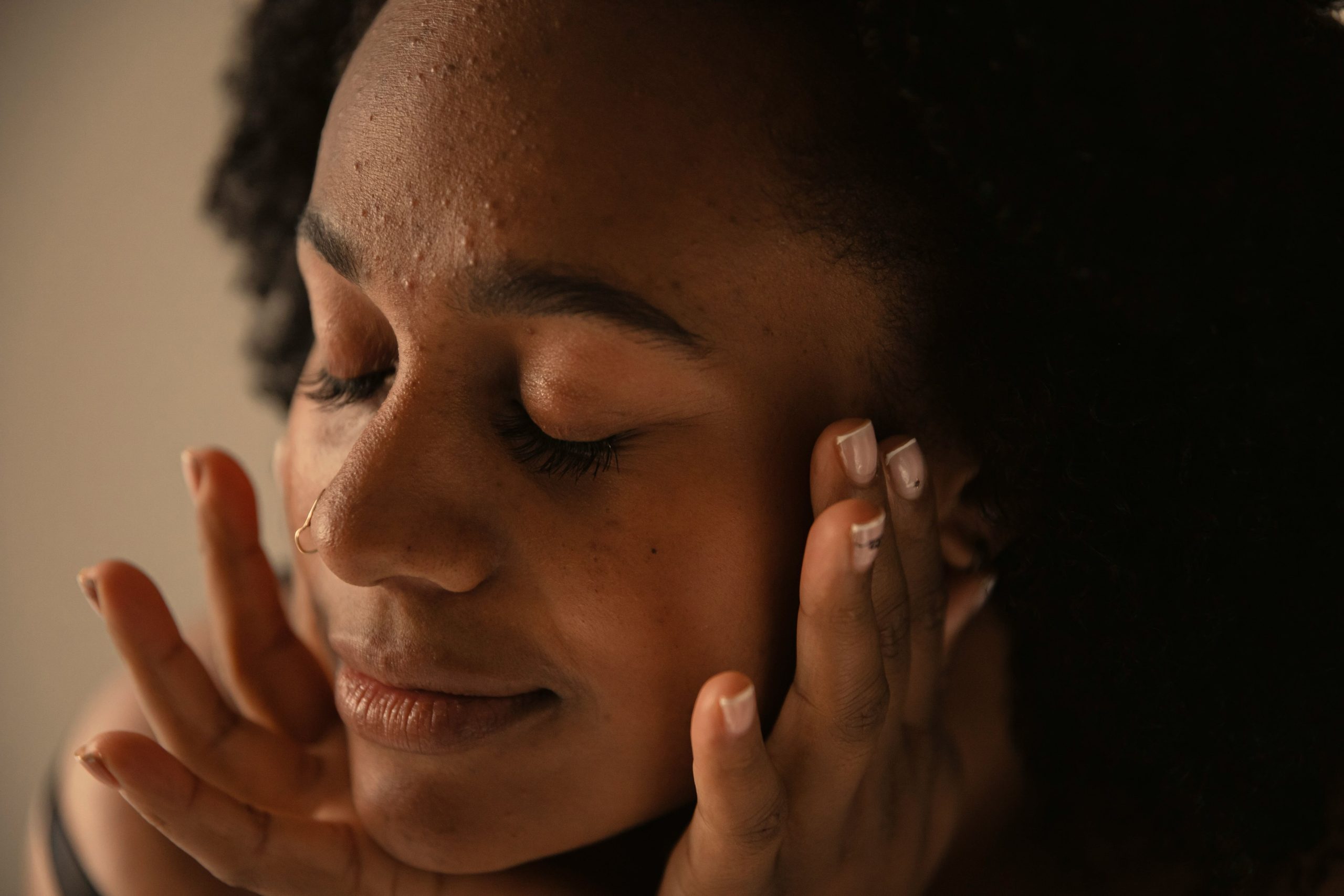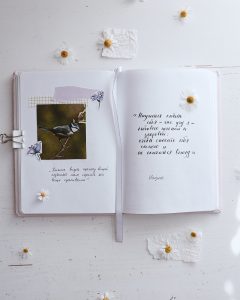Turning subtle signals into everyday strategies that build sustainable success.
Opening Notes from Traciana
In Part Part 1: The Neuroscience of Gut Decisions , I wrote about the moment I stopped dismissing the quiet messages my body had been sending me for years. Those early signals—an inexplicable heaviness before certain meetings, a sudden ease when imagining a pivot—became the first threads in a language I hadn’t realized I was fluent in.
But a single revelation, however sharp, is only a beginning. The real work happens later, in the weeks and months when you try to live differently. This is what I want to share with you now: how those signals move from being curious one‑off experiences to becoming the foundation for how you lead, create, and make decisions every day.
Learning to Stay in the Conversation
The first thing you notice when you start listening is how often you’ve overridden your own intelligence. A tightness in your chest before signing off on a proposal. A pattern of fatigue that seems to trail certain conversations. At first, these observations feel almost intrusive—like you’re eavesdropping on a conversation your body has been having with itself for years.
Most of us are taught to privilege external markers: metrics, logic, expertise. And those are important. But they’re incomplete. When you practice what I call Fearless Listening®, you learn to treat your physical signals as part of the data, too. This isn’t about superstition or hunches. It’s about recognizing that your nervous system is constantly processing, interpreting, and signaling information you may not yet have words for.
Over time, you begin to sense patterns. You start to notice which projects consistently leave you with more energy than you began with, and which ones require you to armor yourself just to get through them. You see how certain decisions expand your breath while others shrink it. It’s a kind of slow apprenticeship—one where the teacher is your own body.
Beyond the First Insight
In my work with leaders, I’ve seen how this practice changes everything. One client, a founder known for her quick instincts, began keeping a simple journal—each night noting how she felt after key decisions or meetings. Within weeks, she discovered that the deals she’d felt physically constricted by, even in early stages, were the ones that later drained resources and morale. Another client noticed that his best ideas came after long morning walks, not late‑night brainstorming sessions; his body had been telling him for years when it was most alive and receptive.
I’ve gone through this process myself. I began asking: What if these sensations are not obstacles to push through but signals to honor? The more I listened, the more confident I became in acting on what I felt, even when those choices ran counter to the spreadsheets or the expected path.
A Way of Working, Not a Set of Tricks
There are exercises that help sharpen this skill. Sometimes I still use them myself: quietly sitting with two options and noticing which one creates space in my chest and which one creates a subtle knot; scanning my day for what left me quietly energized or inexplicably depleted; pausing when I feel the familiar tug of fatigue and asking what needs to shift before I push forward.
But these aren’t tricks. They’re simply ways to return to the conversation with yourself, to gather enough impressions that patterns start to emerge. The point isn’t to force quick answers. The point is to stay close enough to your own signals that, over time, you develop an intuitive map of what aligns with you and what doesn’t.
When Listening Becomes a Lens
The change is gradual, almost imperceptible at first. But then you find yourself in a high‑stakes moment—a launch, a negotiation, a crossroads—and instead of bracing and pushing through, you pause. You listen. And in that pause, you notice something subtle: the way your breath catches when you consider one option, the surprising calm when you imagine another.
This happened to me recently during a complex rollout. The deadlines were relentless, and old habits whispered that the only way forward was more hours, more force. But there it was again—that tension building in my shoulders, that faint sense of closing in. I stepped back. I listened. And in the quiet, an entirely new approach surfaced, one that halved our workload and doubled engagement. That insight didn’t come from a whiteboard session. It came from giving my body a say.
Practices That Build Your Best Self and Life
Here are three foundational practices from my Fearless Listening framework that help integrate Physical Intelligence into daily life. They’re not meant to be done once; they’re meant to evolve with you.
The Expansion Test
Sit quietly with a decision in mind. Visualize yourself fully in that choice: walking into that partnership, stepping onto that stage, signing that contract. Pay attention—do your shoulders drop, your breath deepen, your body feel spacious? Or do you feel a subtle contraction, shallow breath, a tightness in your chest or jaw? This isn’t about forcing clarity in one sitting. Over time, you’ll notice consistent patterns that reveal alignment—or misalignment—long before the mind admits it.
The Energy Audit
Each evening, reflect on your day not by tasks completed but by how you felt after each key interaction. Which ones left you clear‑eyed, awake, and energized? Which ones left you dulled or heavy? Over a week, then a month, a map emerges. You start to see which activities are quietly eroding your focus and which ones restore you. Leaders who commit to this simple practice often redesign their weeks around what fuels them—and watch their output improve without adding more hours.
The Recovery Wisdom
This practice is about capacity. When your body signals depletion—through tight shoulders, foggy focus, or that ancient weariness that rest alone doesn’t fix—pause. Step back, even briefly. In my own work, the most valuable ideas often appear in those deliberate spaces, when I allow my system to reset rather than forcing it to push past its limits.
How This Lives in My Daily Reality
These aren’t just exercises I teach—they’re how I live. I don’t separate metrics from physical cues anymore; I pair them. I still look at projections and plans, but I also pay attention to what my body does when I imagine stepping into them.
Not long ago, I was leading a launch with deadlines stacked tight. The old version of me would have pushed harder, convinced that more effort was the answer. But I felt it: that creeping tension, the subtle narrowing in my breath. Instead of overriding it, I stopped. I gave myself two days to recalibrate. Out of that pause came a streamlined plan that cut our workload in half and doubled engagement. That clarity didn’t come from brute force—it came from listening.
The Quiet Work of Integration
To support myself—and others who want to live this way—I created Audio Postcards: brief, immersive sound experiences designed to bring you back to your own cues. They weave micro‑rituals with what I call Soul Notes, guiding reflections that help your nervous system connect physical sensation with conscious awareness. Played before a meeting or in the in‑between hours of a long day, they are less about instruction and more about re‑tuning—reminding you to pause, breathe, and return to yourself.
A Closing Reflection
The body does not shout. It speaks in patterns, in whispers, in subtle expansions and contractions that most of us have been trained to ignore. But when you choose to listen—truly listen—those signals become a kind of compass, one that points you toward choices you can sustain not just this quarter, but for years to come.
You don’t need to map it all today. Begin with one decision, one evening, one moment of noticing. Stay with the sensation long enough to hear what it has to say. Over time, those small acts of attention weave into something larger: a life and business that fit you from the inside out.
What might shift for you if you began listening now—deeply, daily, and without fear? If you haven’t yet, read Part 1: The Neuroscience of Gut Decisions for the story behind these practices.
About the Author
Traciana Graves is the founder of Happiness 360 and creator of Fearless Listening®. She helps leaders and creators translate their body’s intelligence into strategies that build businesses and lives they are truly designed to sustain.






















0 Comments for “Physical Intelligence in Action: Training Your Body’s Wisdom to Shape Your Life and Business”